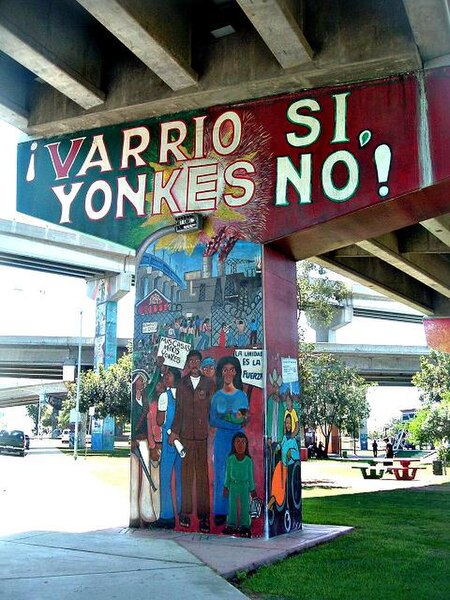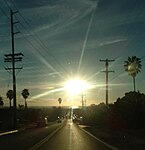Southeast San Diego

Southeast San Diego refers to the southeastern portion of the City of San Diego (excluding South San Diego) and the neighborhoods south of State Route 94 (Martin Luther King Jr. Freeway) and east of Downtown San Diego. There are three official community planning areas: Skyline-Paradise Hills, Encanto Neighborhoods, and Southeastern. Largely urbanized in the areas nearer Downtown San Diego to the west and characteristically hilly, with lower-density residential and semi-rural neighborhoods toward the east, it is economically and ethnically diverse. In 1992, Councilman George Stevens campaigned against any official usage of the name "Southeast San Diego," since the designation had long been viewed as shorthand for the community as being crime-ridden and impoverished. His campaign was successful and all official use of "Southeast San Diego" has been discontinued by the city. Many residents and locals however, still refer to the area as "Southeast."
Excerpt from the Wikipedia article Southeast San Diego (License: CC BY-SA 3.0, Authors, Images).Southeast San Diego
Ella Lane, San Diego Encanto
Geographical coordinates (GPS) Address Nearby Places Show on map
Geographical coordinates (GPS)
| Latitude | Longitude |
|---|---|
| N 32.700833333333 ° | E -117.05527777778 ° |
Address
Ella Lane 405
92114 San Diego, Encanto
California, United States
Open on Google Maps







